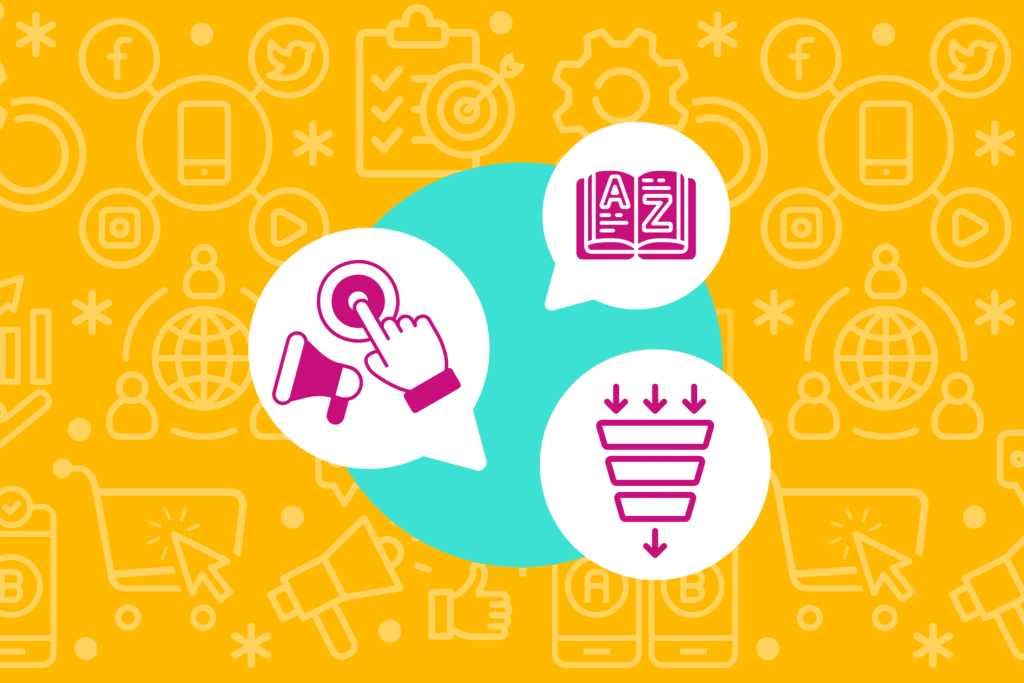We use our expertise to answer your question.
Any cost per lead (CPL) increase we saw in 2020 was primarily related to external societal factors and not because of a major update from Google. Service-based industries (which are centered primarily around lead generation) were hit the hardest by the pandemic, leading to more paid competition with lower consumer intent, lower impression shares and conversion rates, and ultimately higher CPLs across the board.
Additionally, automated bidding strategies, such as target return on ad spend (tROAS), weren’t as widely adopted and optimized for in 2020 as they are today. Manual bidding strategies and processes that worked for brands prior to COVID were also slower to react to an ever-changing market.
Now in 2023, the increase in CPL across all industries can be attributed to significant keyword match type structure updates from Google, like defaulting to broad match. Broad match enables ads to serve on a much wider variety of search queries than phrase or exact match, thus allowing algorithms to learn faster and (in theory) to help you reach your growth objectives quickly.
- Broad match leads to more low-intent, irrelevant, or information-seeking query clicks, making an account less efficient and thus increasing your cost per lead
- Cost per click is higher with broad match than any other match type, which will eventually also cause an increased cost per lead
It’s important to note that while Google’s broad match type can be used, it needs to be regulated and monitored closely for relevance and performance. Otherwise, it’s still best practice to primarily stick with exact and phrase match types. Why? Because you have more control over bids and corresponding search terms, compared to using broad match as your strategy.
There are multiple reasons why the increase in cost per lead is different now than during the height of the pandemic. Want to learn more about how Omnitail stays on top of industry changes so you continue to grow? Contact us for a free profit analysis.








